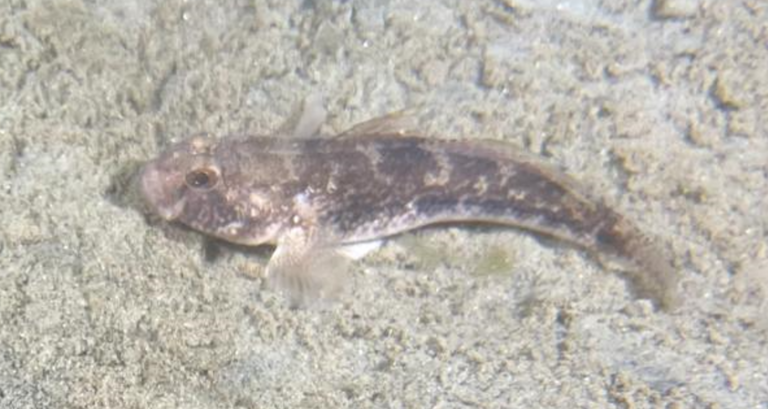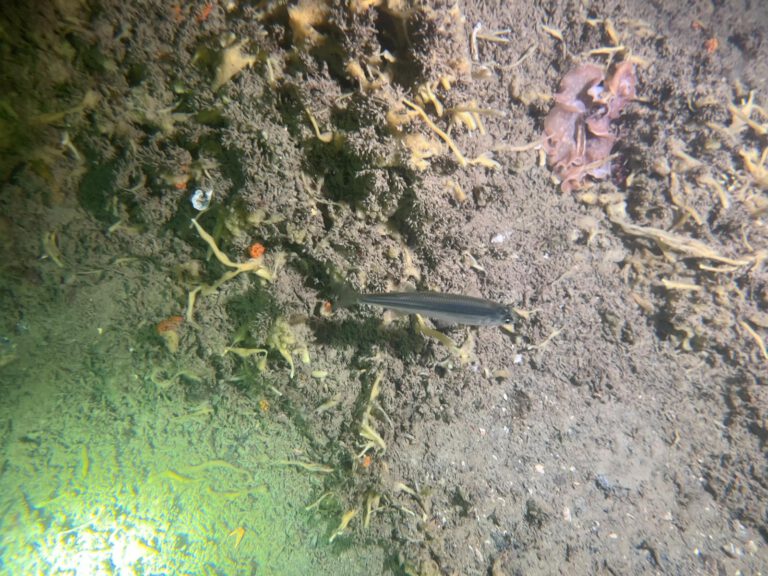Common Cuttelfish Sepia officinalis

Cuttlefish (Sepiida) - Sepia
- Taxonomy: Cuttlefish belong to the Sepiida order within the class Cephalopoda, which also includes squid and octopuses. Their name is derived from the Latin word cuttle bone. Referring to the internal shell, they possess.
- Species: There are around 120 recognized species of cuttlefish. With sizes ranging from just a few centimeters to over 50 cm in length.
- Reproduction: Cuttlefish lay eggs in clusters. Often attaching them to seaweed or coral. The eggs hatch in 2 to 4 weeks. Depending on water temperature and species.
- Habitat: They are found in various marine environments. From shallow coastal waters to deeper oceanic regions. They are especially common in the Mediterranean Sea and the Indo-Pacific region.
- Diet: Cuttlefish are carnivorous predators. Feeding on fish, crustaceans and other small marine animals. They use their tentacles to catch prey and have a beak-like mouth for eating.
- Conservation: While many species are not currently endangered. Some face threats from habitat destruction, pollution and overfishing. Conservation status varies by species.
- Unique Anatomy: Cuttlefish are known for their distinctive cuttle bone. Which helps with buoyancy control. They also possess complex eyes and can change their skin color and texture for camouflage and communication.
- Color Change: They are masters of camouflage. Able to alter their color and texture rapidly to blend in with their surroundings, communicate with others and hunt more effectively.
- Lifespan: Typically they live for 1 to 2 years. Although this can vary depending on species and environmental conditions.
Cuttlefish: Masters of the Ocean’s Illusions
When exploring the wonders of the ocean. It’s easy to be captivated by the grandeur of dolphins or the beauty of coral reefs. However! Hidden among these marvels is the cuttlefish. A master of disguise and a fascinating creature in its own right.
What is a Cuttlefish?
They are remarkable cephalopods belonging to the order Sepiida. Unlike their close relatives, squid and octopuses. Cuttlefish are distinguished by their unique cuttle bone. An internal shell that aids in buoyancy. These creatures are typically found in a range of marine environments. From shallow coastal areas to the depths of the open ocean.
One of the most striking features of cuttlefish is their extraordinary ability to change their appearance. They can alter their skin color and texture almost instantaneously. A skill that serves multiple purposes. From evading predators to hunting prey and communicating with other cuttlefish.
A Day in the Life of a Cuttlefish
They are adept hunters! Using their agile bodies and specialized tentacles to capture prey such as small fish and crustaceans. They are equipped with a beak-like mouth that allows them to efficiently consume their catch. Despite their formidable hunting skills. Cuttlefish rely on their camouflage abilities to approach prey stealthily and avoid detection from larger predators.
Their color-changing prowess is supported by specialized cells in their skin called chromatophores and leucophores. Chromatophores contain pigments and can expand or contract to change color. While leucophores reflect light to alter their appearance. This dynamic coloration enables them to blend seamlessly with their surroundings or signal to other cuttlefish.
Reproduction: A Curious Process
The reproduction involves the female laying eggs in clusters. Often securely attaching them to underwater structures. After a few weeks. Depending on the species and environmental conditions. The eggs hatch into miniature versions of the adults. These hatchlings are independent from birth and must quickly adapt to their environment to survive.
Ecological Role: Silent Guardians
Despite their seemingly solitary nature. Cuttlefish play a crucial role in their ecosystems. As predators. They help regulate populations of smaller marine animals. Contributing to the balance of the marine food web. Their presence supports the health of various habitats. Including seagrass beds and coral reefs.
However, cuttlefish are not without their challenges. They face threats from habitat degradation, pollution, and overfishing. While many species are not currently listed as endangered, maintaining healthy marine environments is essential for their continued survival.
Conclusion
Cuttlefish are truly enchanting creatures, distinguished by their remarkable camouflage abilities. Intriguing behaviors and vital ecological roles. Their complex lives and adaptations make them a subject of endless fascination and highlight the incredible diversity of life in our oceans. As we continue to explore and understand these remarkable beings. Let’s appreciate the silent elegance they bring to the underwater world.







